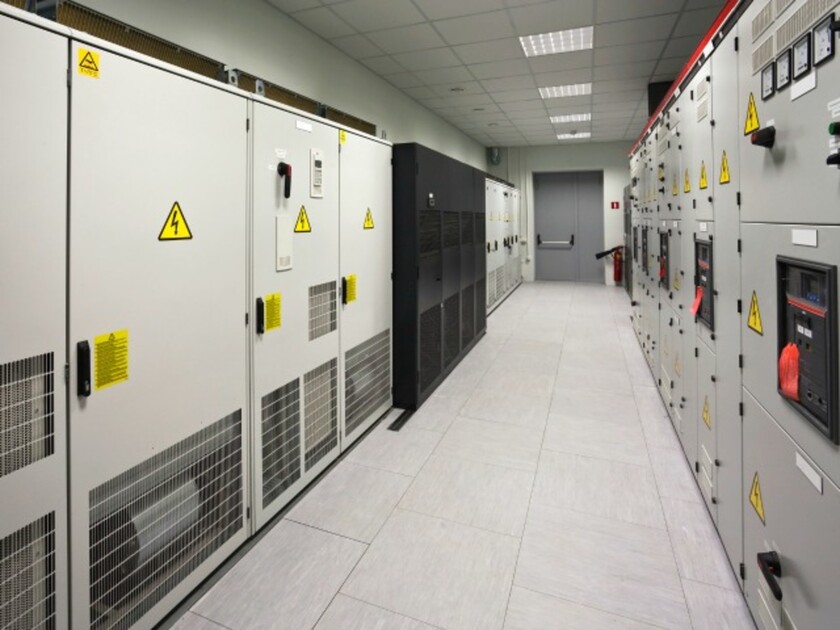Low power factor is expensive and inefficient. For electrical equipment, real power — measured in kilowatts (kW) — is the power used to do work. Reactive or non-working power — measured in kilovolt-amps reactive (kVAR) — is the magnetic power that inductive devices, such as motors and transformers, need to operate. Apparent power — measured in kilovolt amps (kVA) — is the combination of the two.
Power factor is the difference between real power and apparent power. Capacitors can balance the inductive load of facilities. If your facility pays a power factor penalty, capacitor banks can lower energy bills by improving the power factor.
Capacitor design options
There are a number of options to choose from when applying capacitors to increase power factor. The ideal solution is to match inductance with capacitance to keep the current and voltage in balance. For example, a facility with a variable motor load can install a switched capacitor bank that can be programmed to add or subtract capacitors automatically to maintain a preset power factor. The switched capacitor bank will sense when the voltage and current are getting out of phase and bring capacitors online as needed.
Issues to consider
When designing a capacitor bank, key considerations include switching delay times, harmonics, reactive power and the potential for resonance.
Most variable capacitor banks have a switching delay time chosen to ensure that the capacitors have discharged completely before being reconnected. In some cases, this delay time can be 30 to 40 seconds, making it difficult for the switch bank to track rapidly changing loads. If the capacitor is not allowed sufficient time to discharge, the return voltage could "slam" a capacitor that's not completely discharged with a voltage spike that could damage the unit.
If variable frequency drives (VFDs) are nearby, these potential harmonic sources will need to be factored into the system design. Harmonics problems are magnified when the capacitor amplitude and the inductive amplitude match at a certain frequency, creating parallel resonance. Resonance can cause equipment overheating, circuit tripping or capacitor failure. If resonance is suspected, the solution may be to relocate or remove capacitors, thus adding or subtracting inductance in the system circuit. Alternatively, another method of kVAR compensation could be used, such as a harmonic filter, active filter or condenser.
Reactive power and harmonic current are not always proportional; alternating current (AC) drives typically have a high power factor in the range of 90% to 95%, while the power factor for direct current (DC) drives can be significantly lower — ranging from 20% (at low speed) to 85%. This variability may result in an imbalance between the need for power factor correction and the need for harmonic filtering. When the filtering requirement exceeds the power factor need, the filter may become overloaded.
Consult with the experts
When the cost of poor power factor is significant, the installation of a well-designed capacitor bank can provide a quick return on investment. However, improper design can lead to a host of additional problems. Capacitor suppliers can help you choose the right unit for your application and assist with system design. An experienced electrical engineer can provide advice on placement, sizing and other issues to help optimize the effectiveness of your system.


